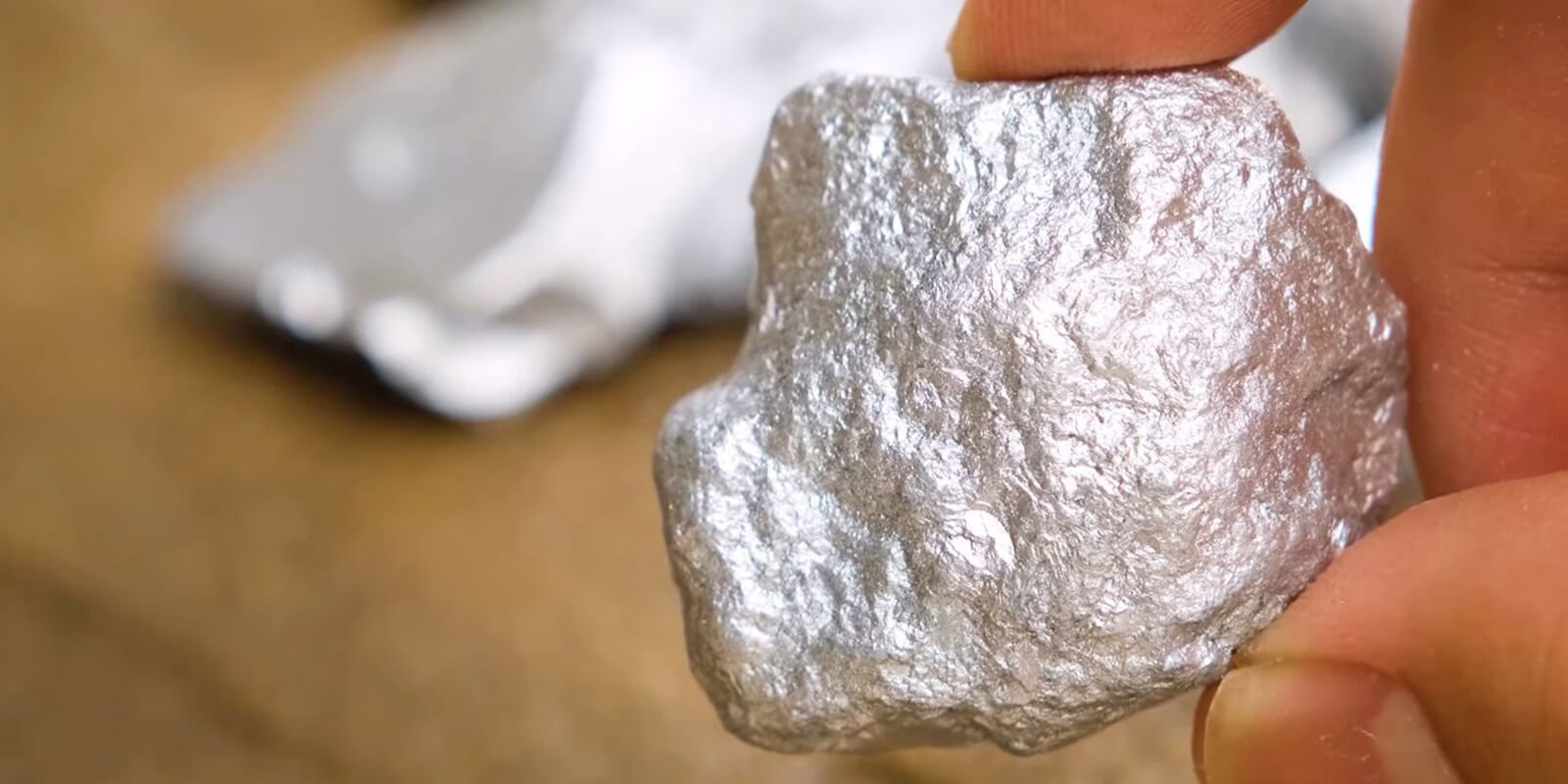
As the technological solutions needed to combat climate change are scaled up, there’s a growing emphasis on the need to ensure that the critical minerals required – such as platinum – are supported by manufacturing processes, and that supply chains are circular.
A new report by the World Platinum Investment Council (WPIC) sets out the need for the circular economy, which advocates designing products to be more durable, repairable and recyclable. It maximises the reuse of materials, seeking to reduce waste and lowering both demand for raw materials and the impact on the environment.
Platinum is a key metal for energy transition due to its use in hydrogen fuel cells and proton exchange membrane (PEM) electrolysers. According to the WPIC, each year around 2moz, or 25%, of platinum supply comes from recycled autocatalysts and jewellery.

Recent developments are showing how circularity is being considered as hydrogen fuel cell and PEM electrolyser production capacity is increased. Metal recovery and recycling plans are being built in across the value chain, from design and production to installation and maintenance. For example, global company BASF and technology group Heraeus are collaborating to help improve resource utilisation for companies that use precious metals, enabling spent catalysts to be recycled and contribute to the circular economy.
Read the full report here.
